Opinion: Why the 'threat' of a new National Park has Galloway farmers up in arms
Galloway farmer Jamie Blackett on duck dating, snowdrop splitting, welcoming avian visitors and manning the barricades against an unwanted national park.
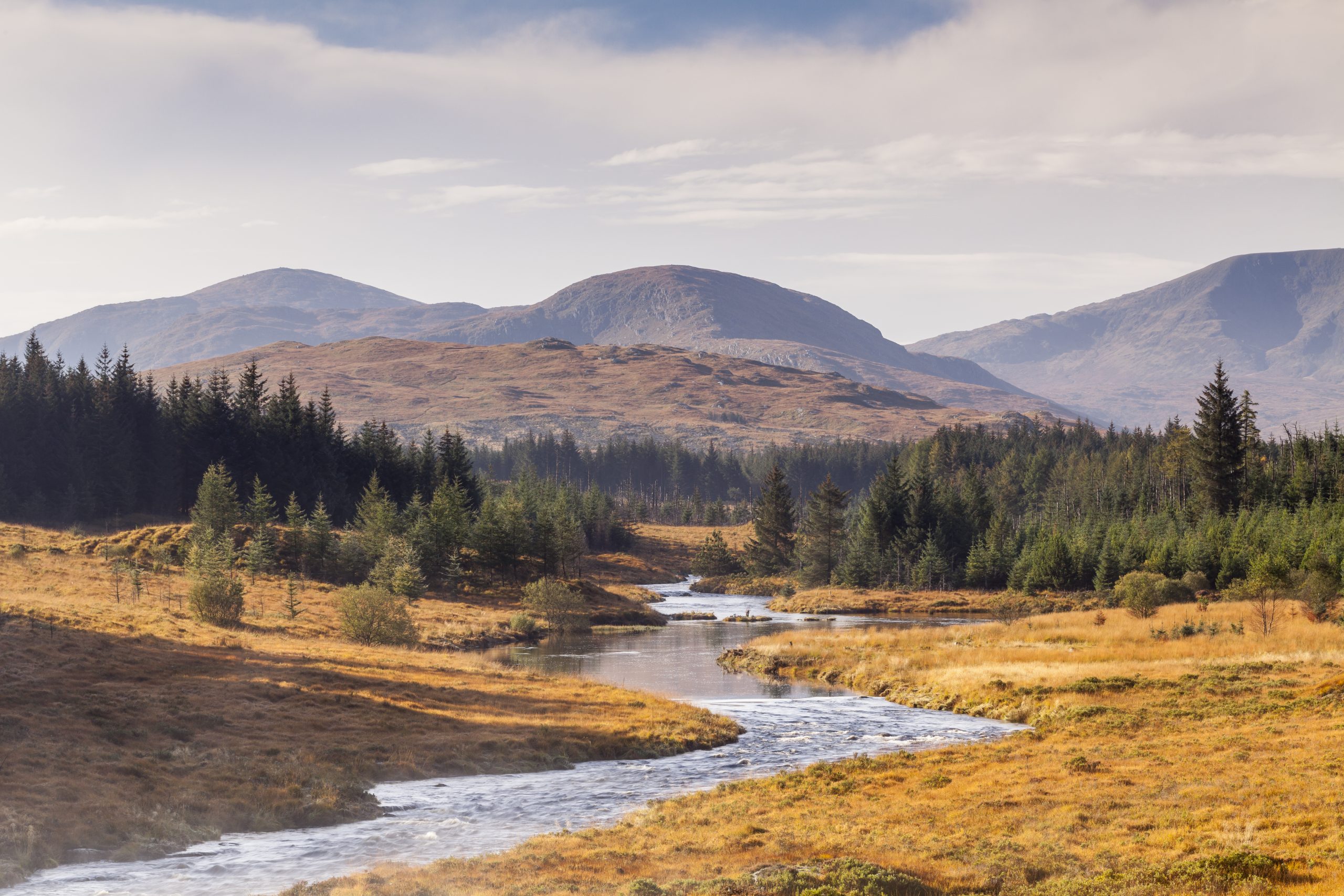

In the Bible, Noah views the return of a dove as proof that the waters will subside. For us, the first harbinger of spring is a shelduck below the house, seen smudgily through a sepia light, guddling about in a rockpool in what is euphemistically known as ‘nice weather for ducks’.
He’s a week early — normally they turn up on Valentine’s Day, after months of absence, for a spot of speed dating before pairing up and heading off to find old rabbit holes to nest in. However, after a couple of hours of the duck equivalent of nonchalantly sitting alone at a bar pretending everything is fine, he acknowledges that he has been stood up, possibly because it’s the wrong day, and pushes off again. (Younger readers may need their dads to explain to them how this used to happen before the days of mobile phones.)
It’s snowdrop time here and the brave little flowers give us something to gaze at as we tackle winter chores, an emotional prop to carry us through to the great awakening. Most years, the snowdrops are gone before I have a chance to spread them; this year, I determined to create new drifts along the drive.
There are few things more satisfying than splitting snowdrops and sprinkling them far and wide. Unlike the tiresome business of planting daffodil bulbs, there is instant gratification in lifting clumps from patches where they have become overcrowded and plonking them down where they will give us pleasure for years to come. It is just the kind of painting-by-numbers gardening I like.
There are so many competing priorities. The Chief of Hospitality has a list of holiday-cottage tasks for me before our annual influx of visitors. We have had good bookings so far and it looks as if we will be busy after the past lean year. The separatist kleptocracy at Holyrood may, ironically, have helped us by imposing a licensing scheme. It appears to have driven some of our competitors out, no doubt shrinking the rural economy and destroying cleaners’ jobs — although the council is spending £116,000 per year on three new staff to ‘crack down’ on the ‘crime’ of not having a licence, something that isn’t criminalised anywhere outside Scotland.
My preference is to focus on conservation. I am excited at the thought of the birds all over Africa planning to come here to have their chicks in Galloway’s luxuriant, insect-rich summer habitat. We are working on the ‘factors of production’: laying hedges that will provide thick cover for warblers to nest in, planting more willows for the hairy caterpillars that cuckoos need and installing swift bricks in the old barn at the dairy.
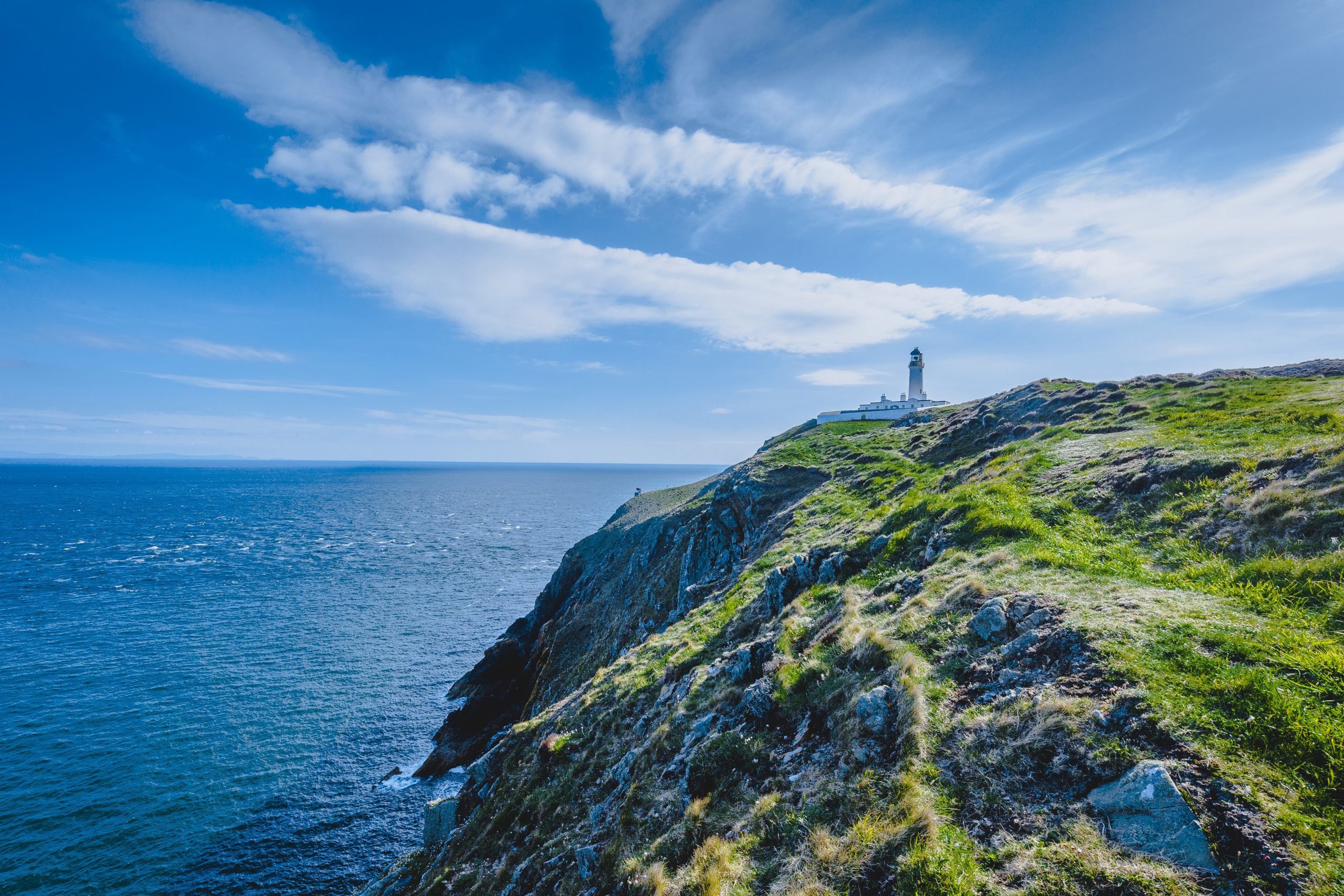
Calving is proceeding at a rapid pace and the cows are spending more time at grass now, spattering it with cowpats, the main factor of production in the avian food chain.
Exquisite houses, the beauty of Nature, and how to get the most from your life, straight to your inbox.
The only cloud on the horizon is the threat of having a Galloway National Park Authority inflicted on us. The council is starved of funds and there are potholes big enough to devour milk tankers, yet apparently we need yet another gravy-train load of bureaucrats with expensive offices, (empty, as they work from home, naturally) and the full suite of diversity and inclusivity advisers. Its proponents — the usual cast of those with nothing better to do than meddle, Nimbys and ‘environmentalists’ — tell us that ‘doing nothing is not an option’ if we are to save Galloway.
The project is being pushed enthusiastically by the Scottish Green Party, which seems to hold the reins of power in coalition ‘government’ despite receiving only 4.7% of the vote. Flushed with the triumph of its cottage licensing scheme, it senses an opportunity to bypass local democracy and turn us into a laboratory for green dogma. In the Cairngorms National Park, where half the budget is spent on salaries and the other half on activities that can be done by other departments, 110 farmers recently voted unanimously to leave the park after 20 years of being bossed about by unelected officials (Town & Country, February 14) and have taken to the streets in protest. The NFU tells me most farmers in Galloway feel the same way about having yet another tier of officialdom being foisted on us. Valuable time, therefore, that could be spent splitting snowdrops or laying hedges, is devoted to tweeting #SayNoToGallowayNationalPark. To the barricades!
Jamie Blackett farms in Dumfries & Galloway. The play of his book ‘The Enigma of Kidson’ hits the stage shortly
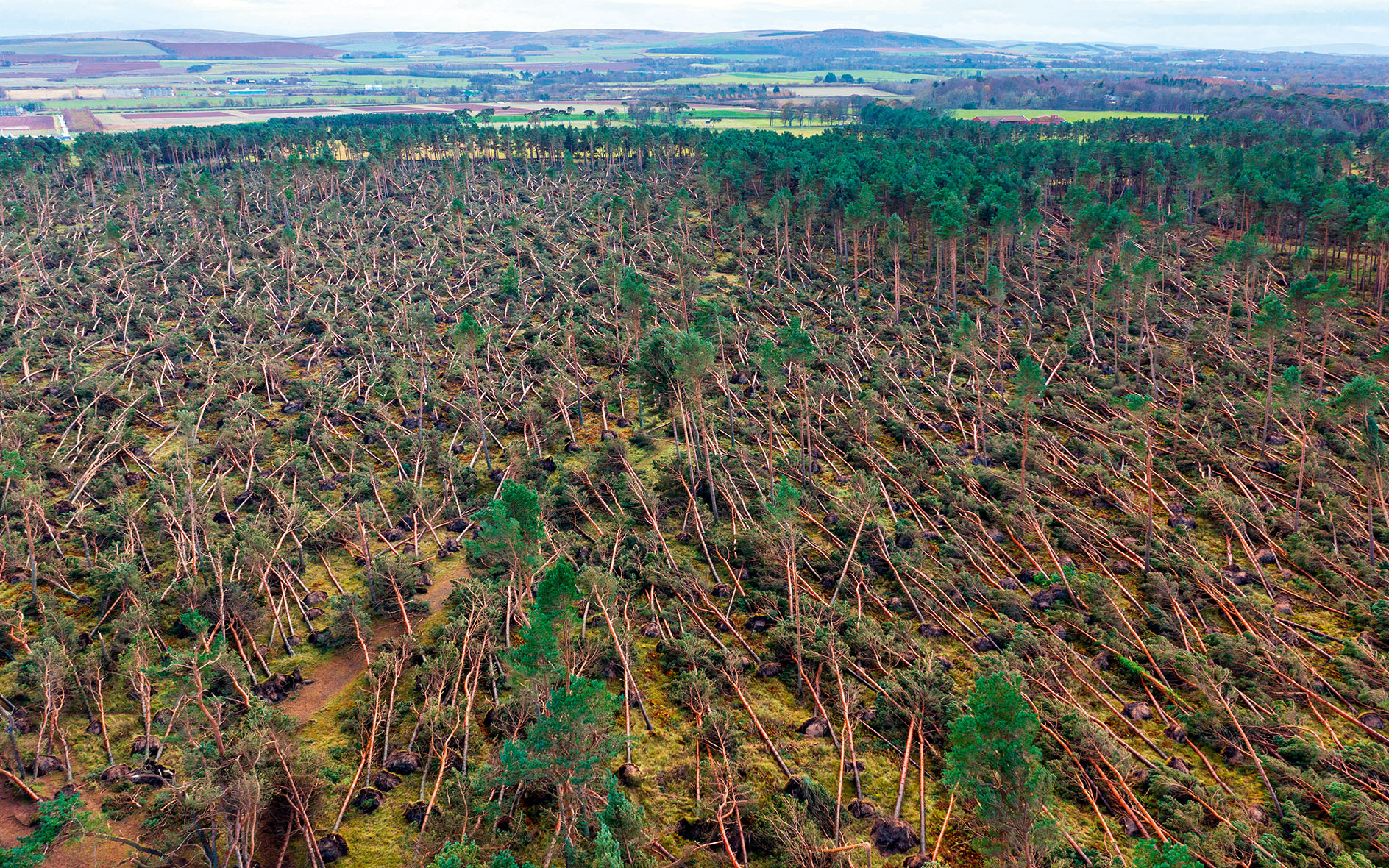
A farmer's view of Storm Arwen:'I surveyed the shattered wreckage of a wood I remember planting with my father one school holidays'
Jamie Blackett's dispatches from Storm Arwen and the havoc it wreaked.
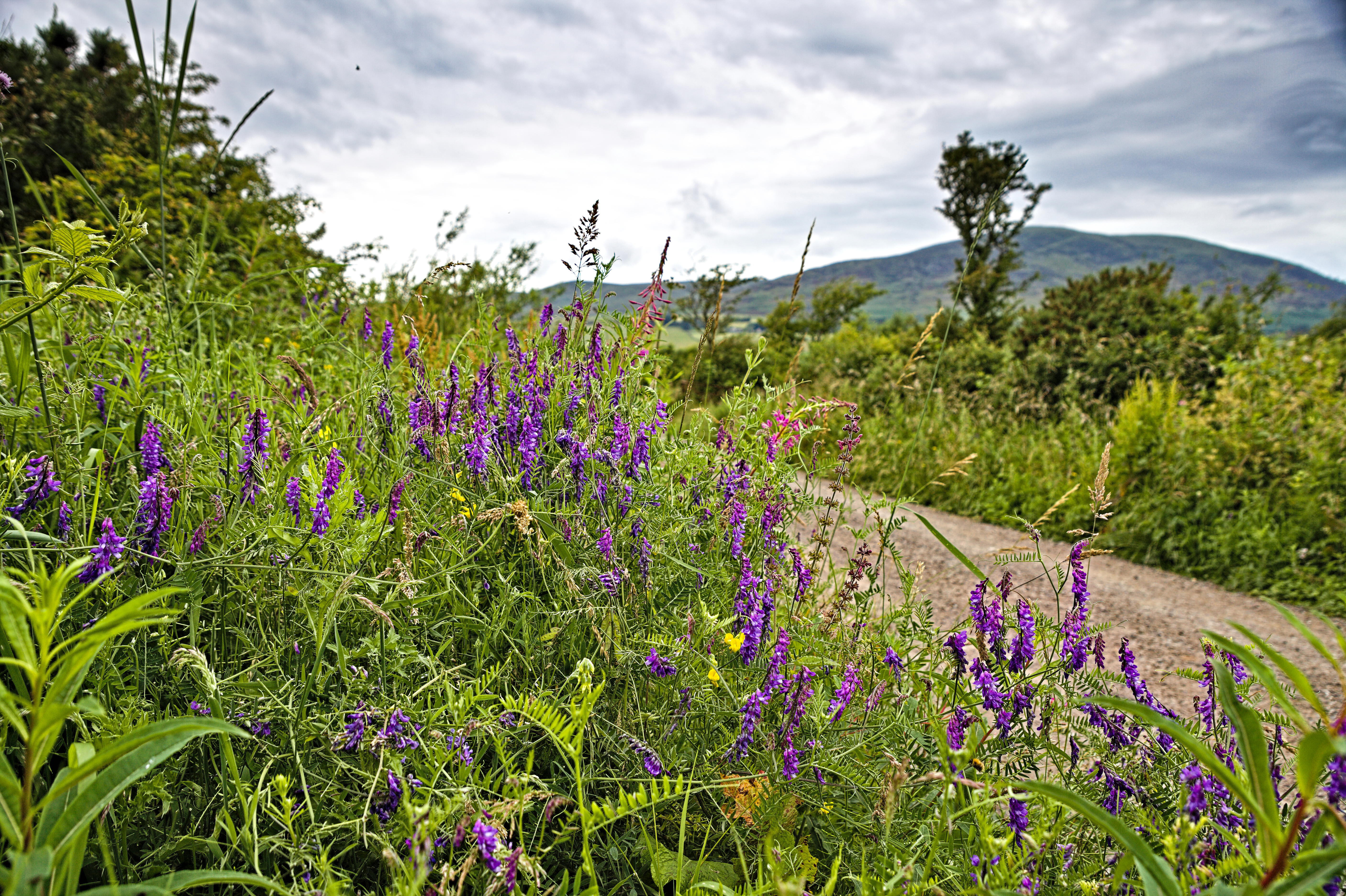
Why 'the agricultural counter-revolution is being driven by farmers on the ground'
Jamie Blackett's tour of British farms reaches Holkham, wellspring of the agricultural revolution.
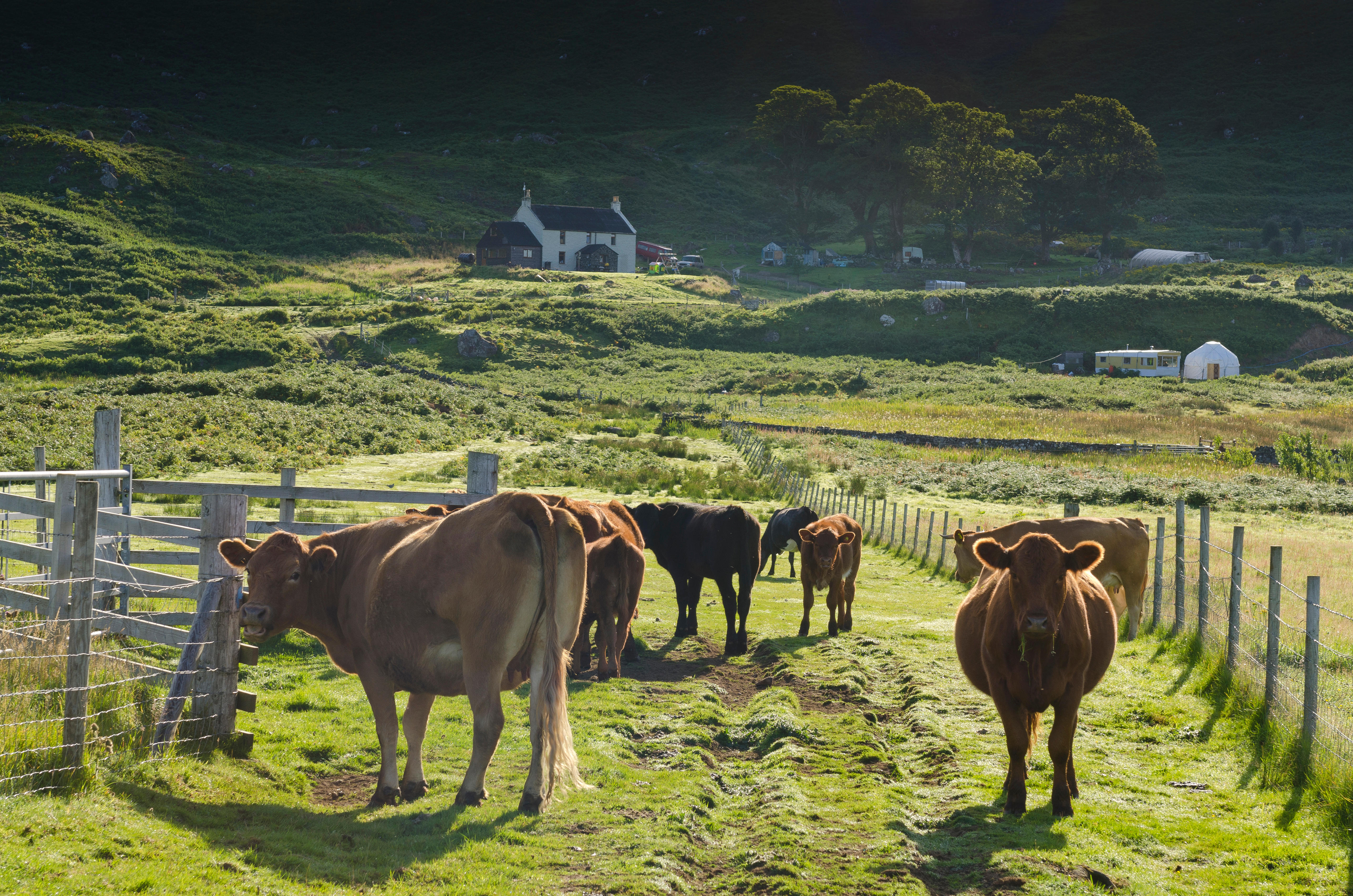
How farming has fallen from 'no finer investment' to fighting for its future
Jamie Blackett defends livestock farming on the urban media trail in the wake of 'Veganuary'.
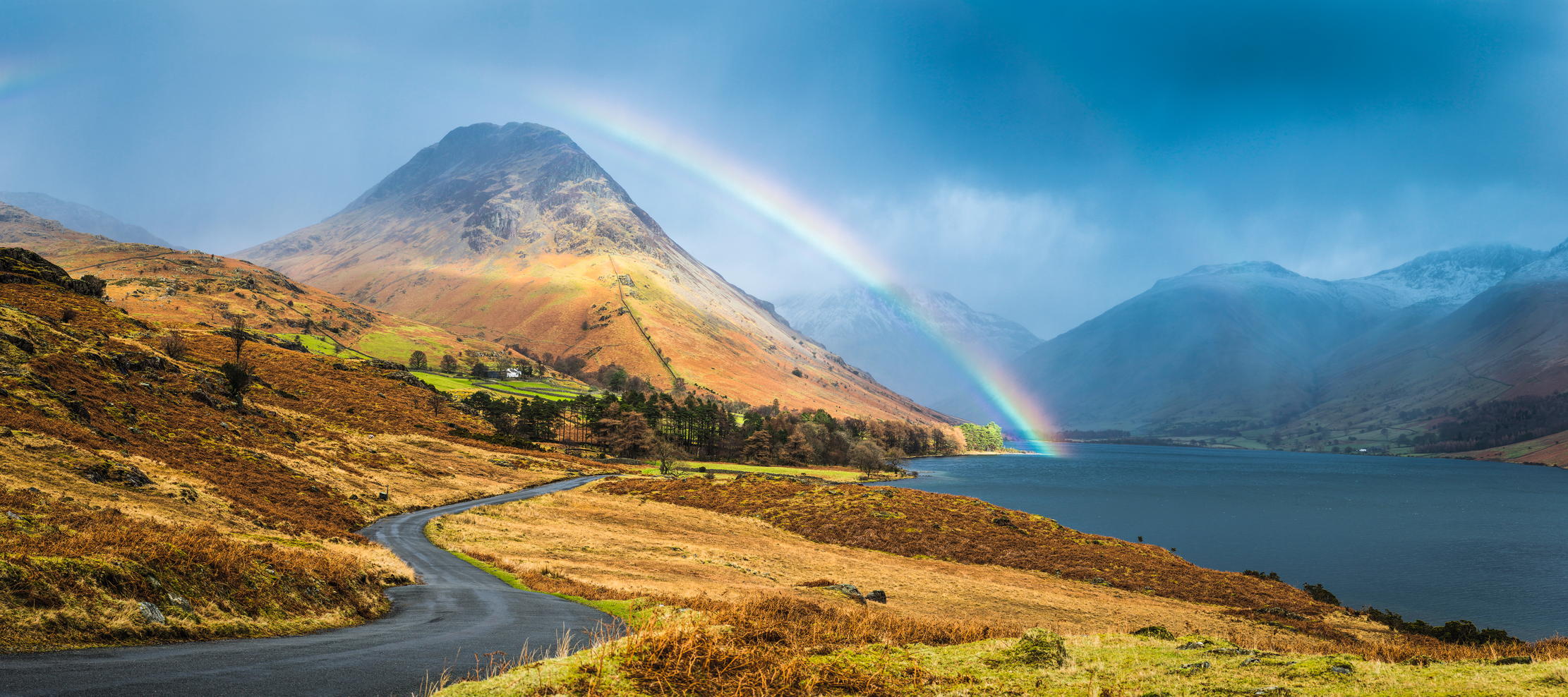
'The countryside can pull us together, a connecting point for a nation that sometimes feels as though it is falling apart'
After 75 years, the job required of national parks has changed. They now need to be hothouses of Nature recovery,
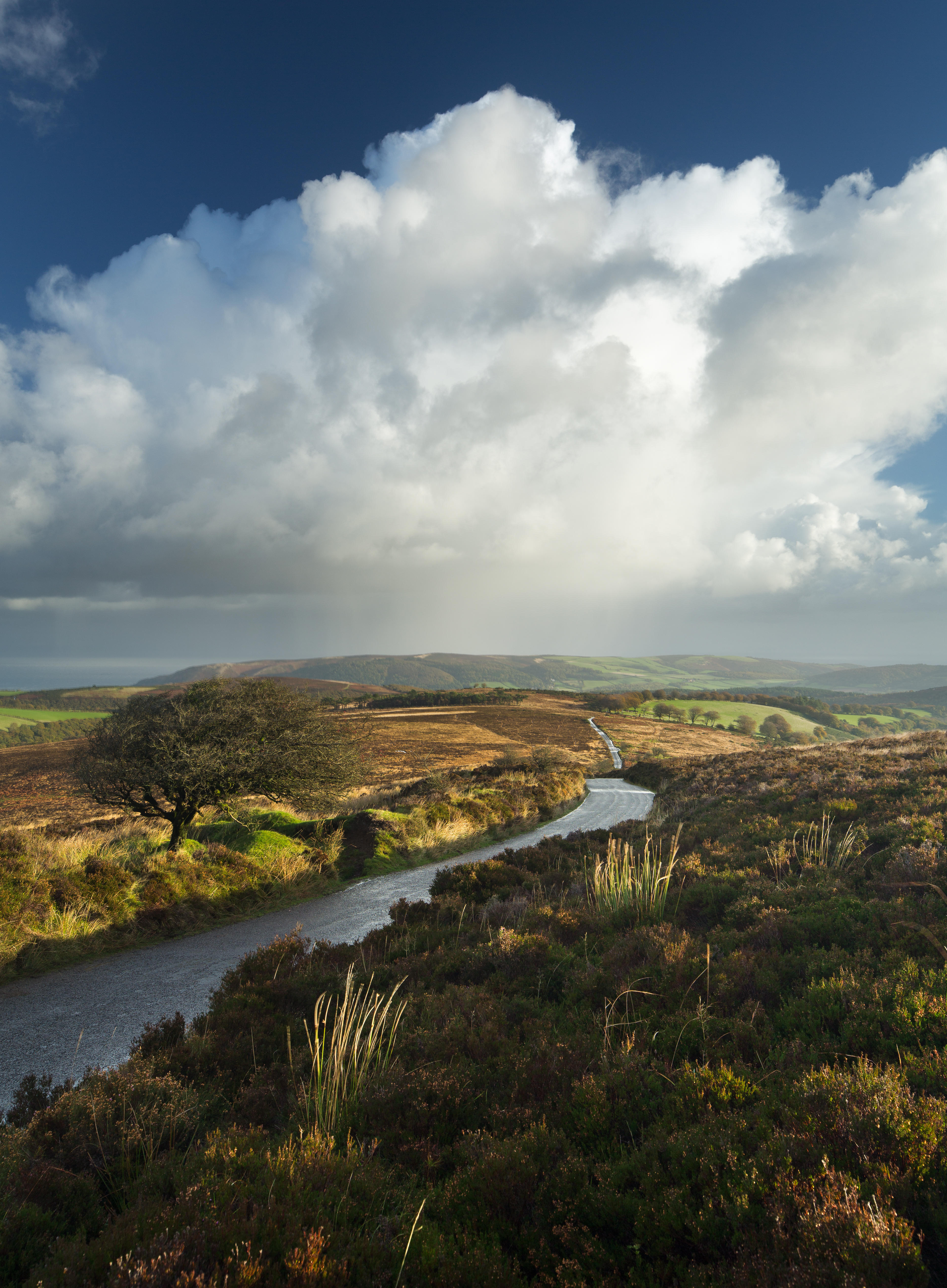
The 'massive overhaul' needed in National Parks and AONBs to rejuvenate our living, breathing, farming landscape
Seventy years on from the National Parks Act 1949, the Landscapes Review has called for sweeping changes in how our
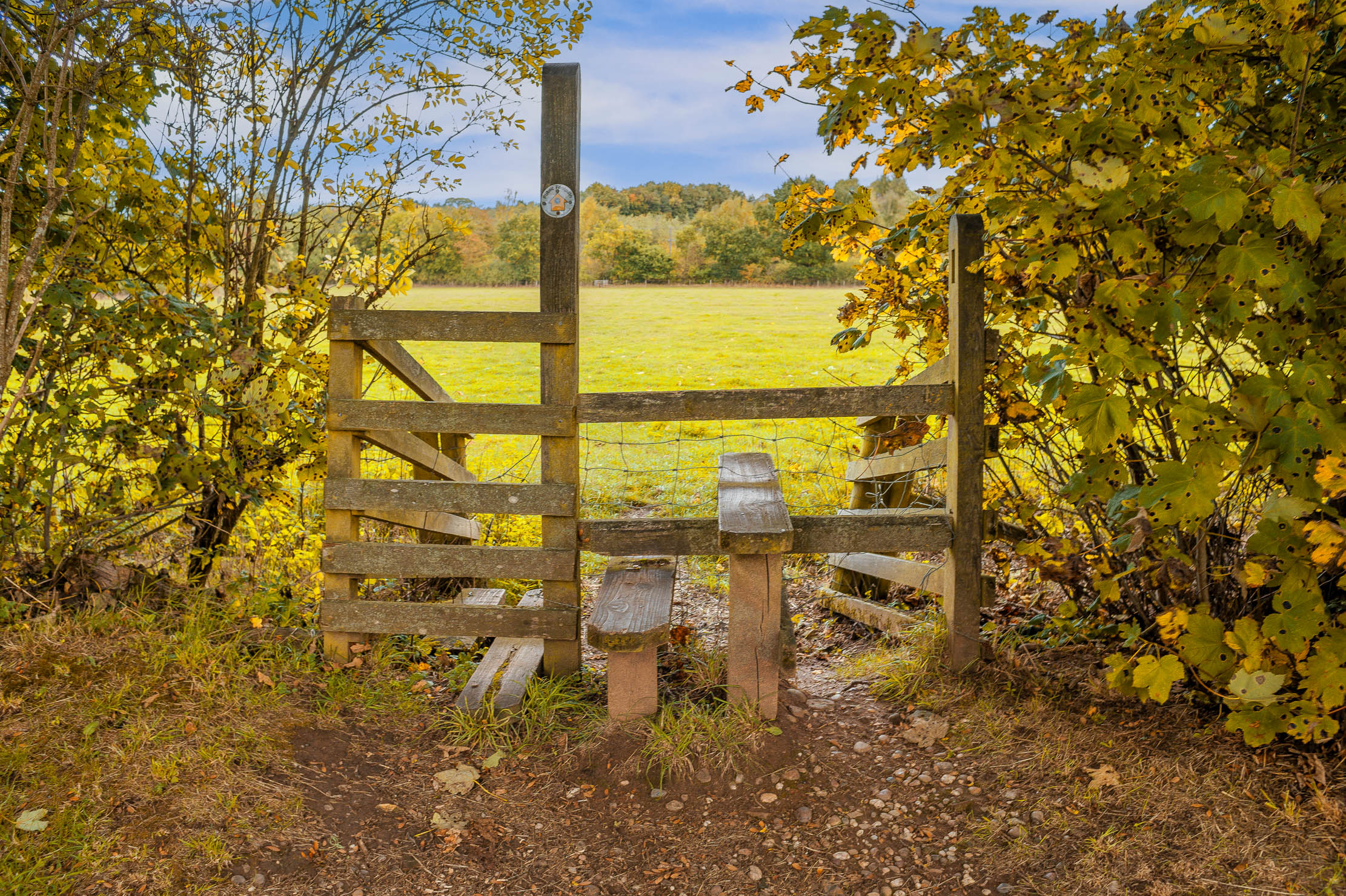
Credit: kodachrome25 / Getty
'The countryside faces either terrible harm or uplifting good. Which will it be? It really is up to us'
The countryside is for everyone and the problems facing it — and farming and the environment — will not be
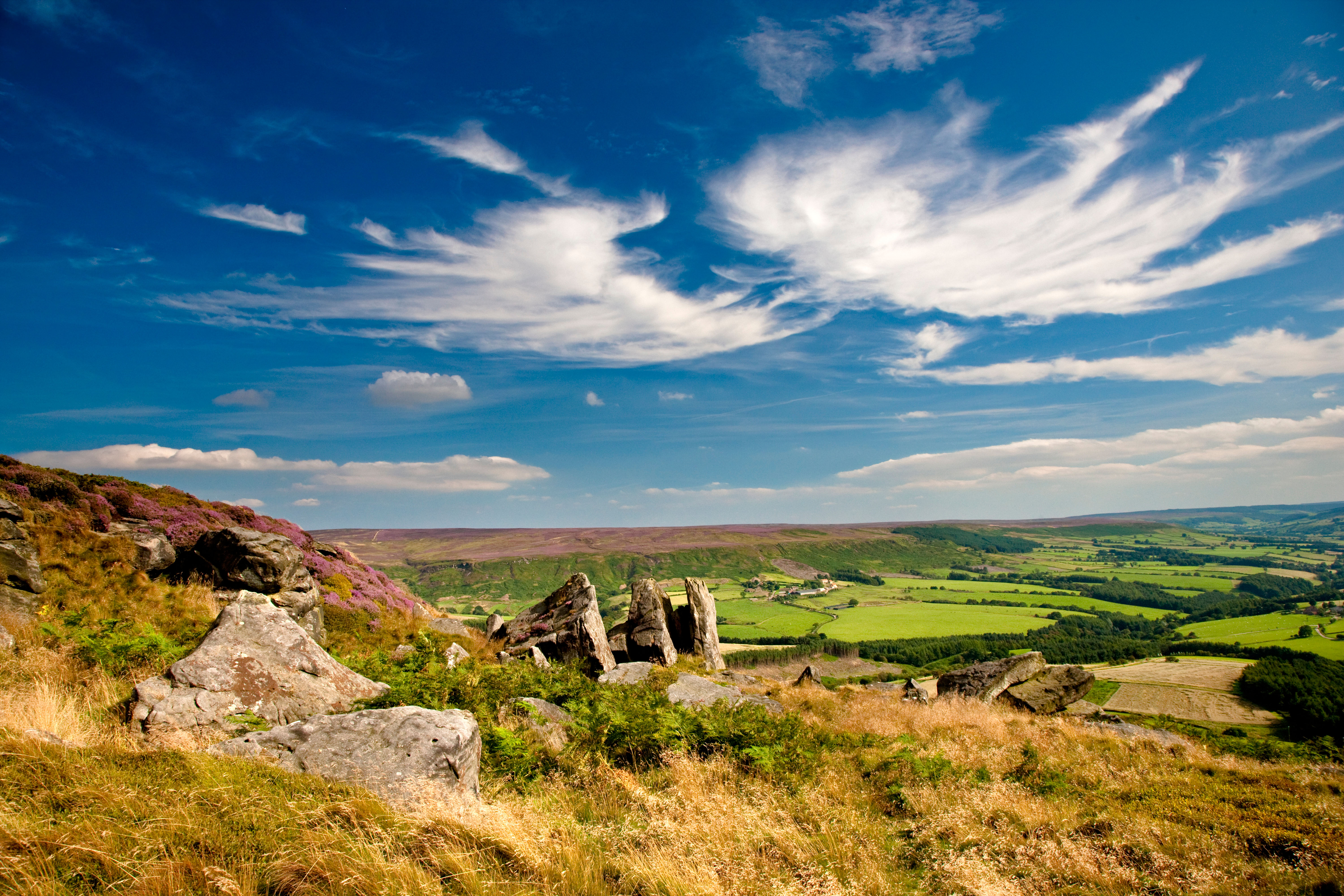
Country Life's guide to England's 10 breakthtaking national parks
One year on from Michael Gove's consultation on our nation's national parks, we round up the reasons to visit the
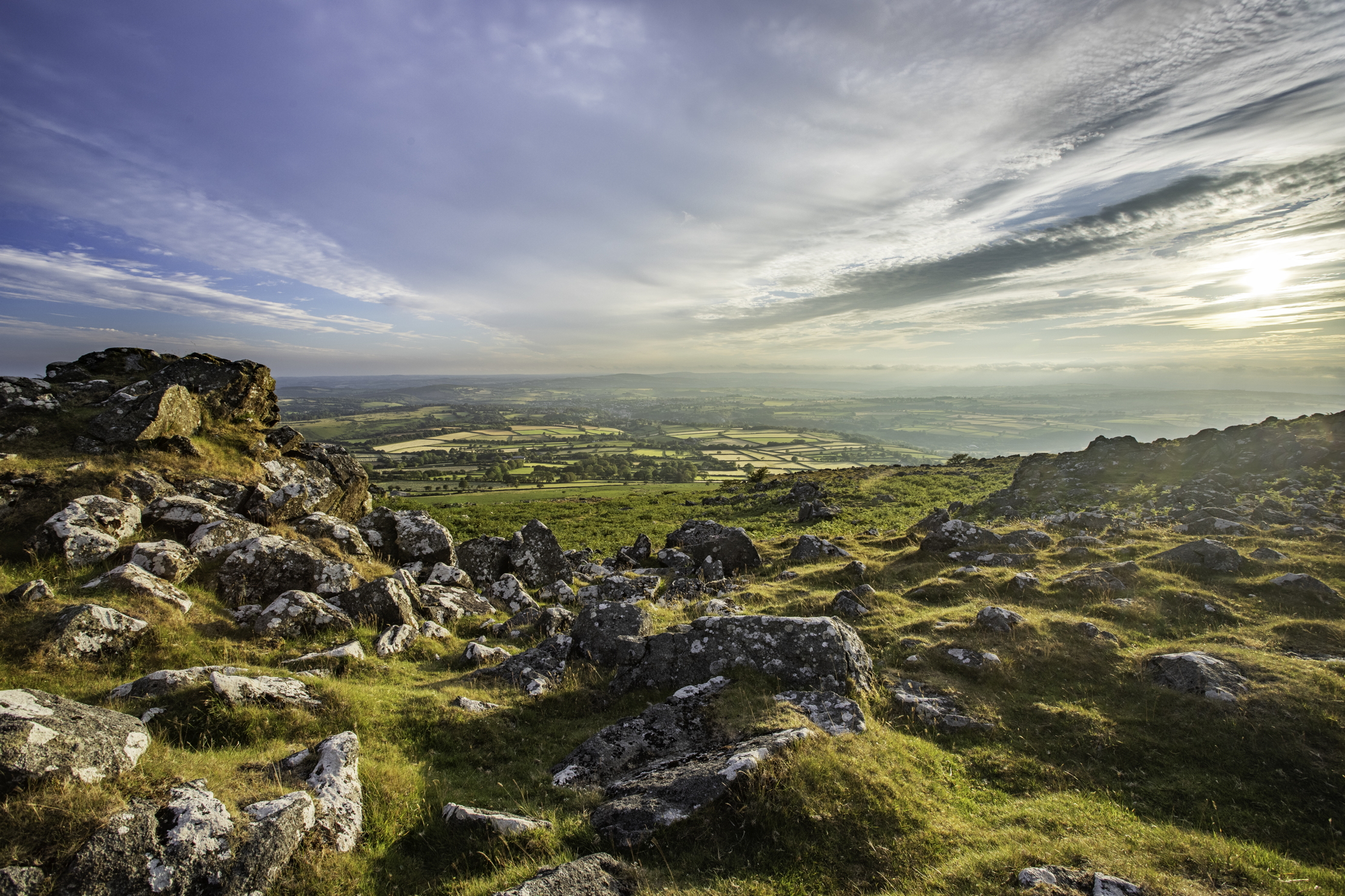
Credit: Getty Images
Comment: Dartmoor camping case is about conservation and preservation, not denial of access
Alexander Darwall, the landowner at the centre of the legal battle over wild camping on Dartmoor, explains why he has
-
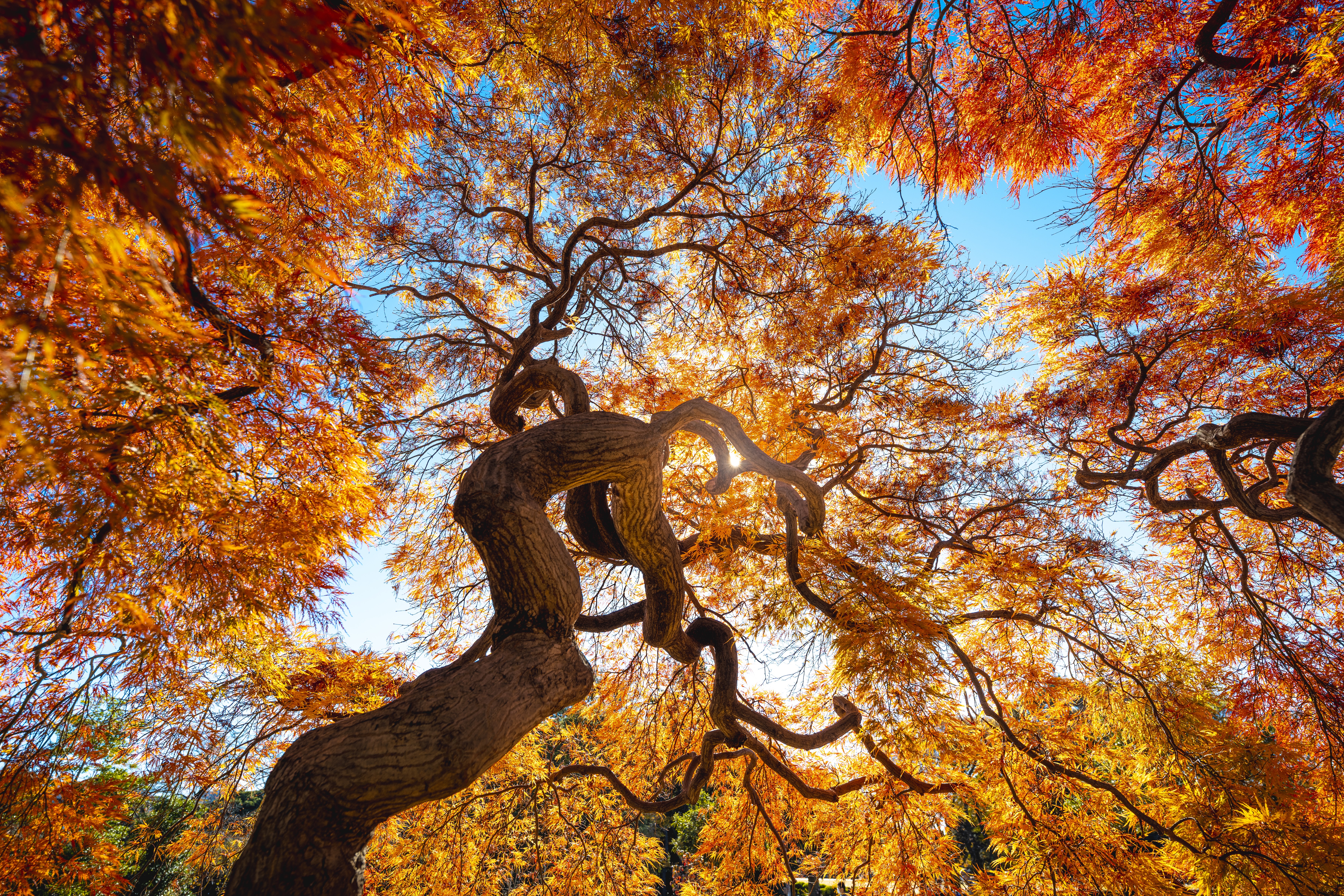 ‘The best time to plant a tree was 20 years ago; the second best time is now'
‘The best time to plant a tree was 20 years ago; the second best time is now'Now is the time to firstly, hug a tree, and secondly, plant some more — in increasingly imaginative ways.
-
 At the Bonneville Salt Flats, the only currency is speed
At the Bonneville Salt Flats, the only currency is speedCharlie Thomas reports from Speed Week, and talks to those with a bad case of 'Salt Fever'.
